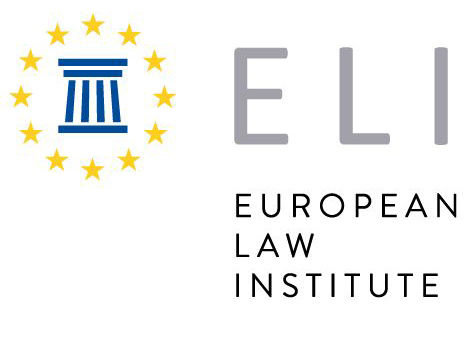ELI held the first in a two-part webinar series on its recently published Guiding Principles and Model Rules on Digital Assistants for Consumer Contracts (ELI DACC Model Rules). These rules aim to provide a coherent legal framework for automating consumer contracts through AI-driven systems, referred to as digital assistants, and cover all stages of the consumer contract lifecycle.
Approved by the ELI Council and Membership earlier this year, the DACC Model Rules offer a forward-looking legal structure to ensure transparency, consumer protection, and accountability in the use of algorithmic agents in everyday transactions.
Pascal Pichonnaz (ELI President; Professor, University of Fribourg), opened the webinar by underscoring the urgency of the initiative. He highlighted the Rules as a timely and comprehensive response to the increasing role of AI and digital assistants in consumer markets, adding that the Rules were shaped through wide consultation with experts and stakeholders across Europe to ensure both legal clarity and practical applicability.
Christian Twigg-Flesner (Professor, University of Warwick), one of the Project Reporters, introduced the conceptual foundation of the Rules. Unlike broader efforts to regulate algorithmic contracting, the ELI project zeroes in on consumer-facing AI applications, reflecting the growing presence of digital assistants in everyday consumer decision-making. He presented the eight Guiding Principles underpinning the ELI DACC Model Rules, which include: attributing the digital assistant’s actions to the user, ensuring legal validity and transparency of contracts concluded via digital assistants, requiring disclosures of digital assistant use and potential conflicts of interest, protecting consumers from manipulation and ensuring user control. Importantly, the Rules make clear that digital assistants are not autonomous agents, but tools whose operations are legally attributable to the consumer, subject to limitations that reflect realistic boundaries of user responsibility.
One of the most innovative aspects of the ELI DACC Model Rules is the integration of design requirements into legal obligations. Digital assistants must allow consumers to: set and review decision parameters (eg price, supplier); prevent or confirm contract completion; deactivate the assistant at any time and access documentation of the assistant’s decision-making process. These requirements are designed to proactively minimise harm before transactions occur, shifting the focus from traditional legal remedies to preventive, design-based consumer protection.
Sophia Tang (Professor, Wuhan University) praised the dual emphasis on legal and technical safeguards, highlighting the Rules' consumer-centric and risk-balanced approach. She also flagged potential challenges, such as disclosure fatigue and liability issues when highly adaptive AI systems act unpredictably.
Simona Staikova-van Bommel, representing the European Commission’s Directorate-General for Justice and Consumers, provided a policymaker’s perspective. She highlighted the relevance of the ELI DACC Model Rules to the Commission’s ongoing work on digital fairness and the upcoming Digital Fairness Act, noting concerns about consumers making unintended purchases through digital assistants. She commended ELI for going beyond existing frameworks (such as UNCITRAL’s Model Law on Automated Contracting) by integrating product design and consumer protection.
The session concluded with a lively Q&A, in which participants explored the legal implications of algorithmic contracting, the allocation of liability between developers and users and enforcement challenges around manipulative design.
The ELI DACC Model Rules mark a milestone in modern consumer protection law. They fill a key gap by offering targeted guidance in the field. As AI-powered tools increasingly shape consumer behavior and transactions, these Rules are poised to serve as a benchmark for national and international legal developments in the coming years.

